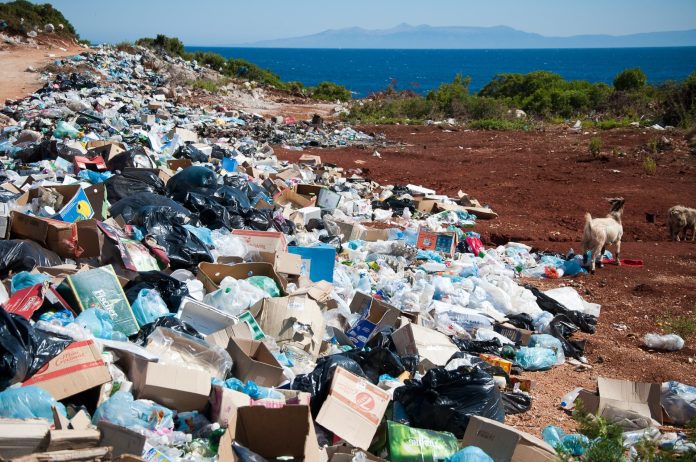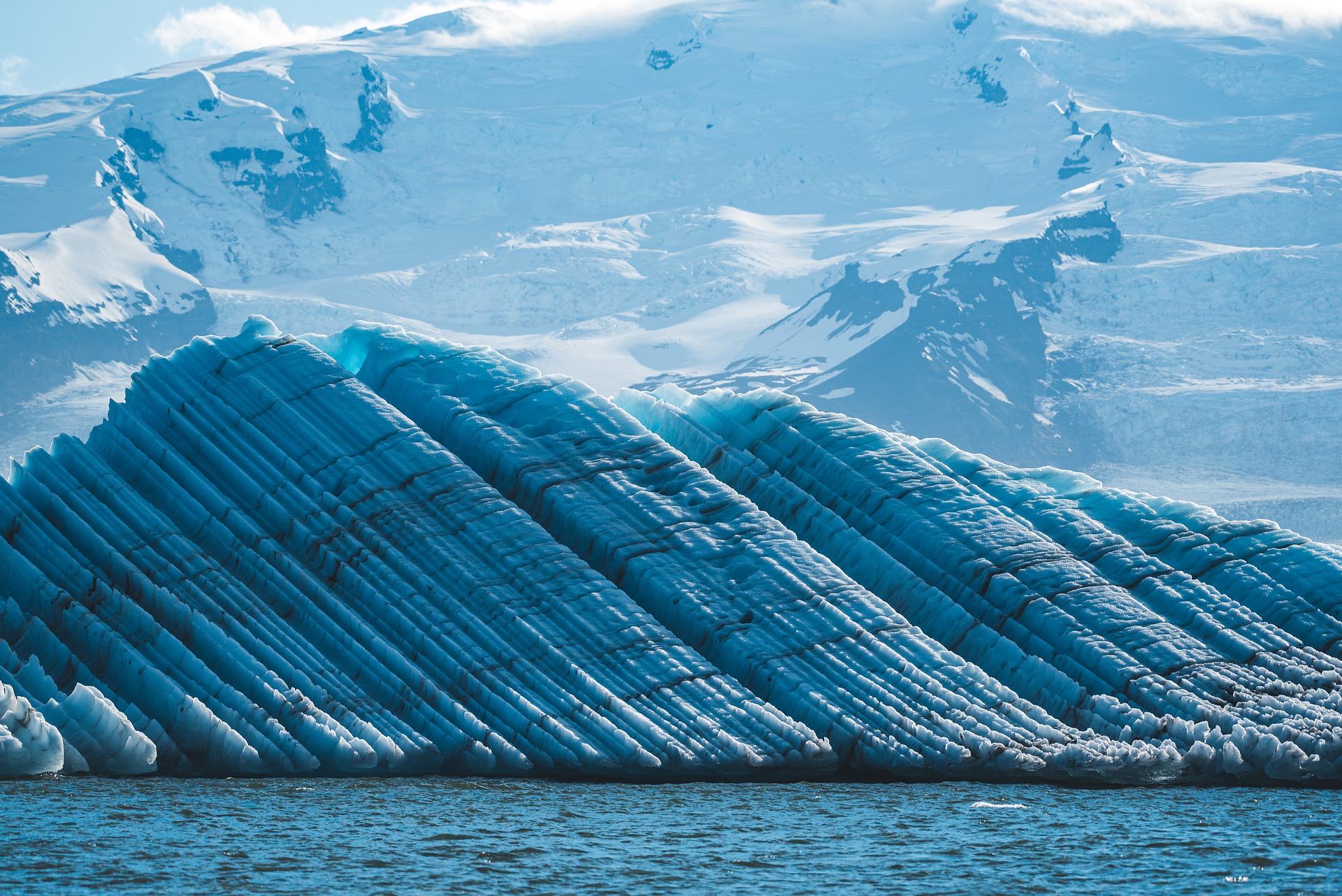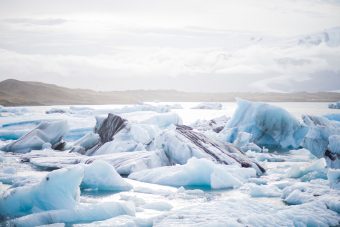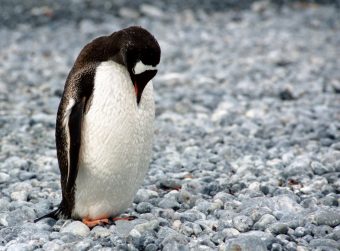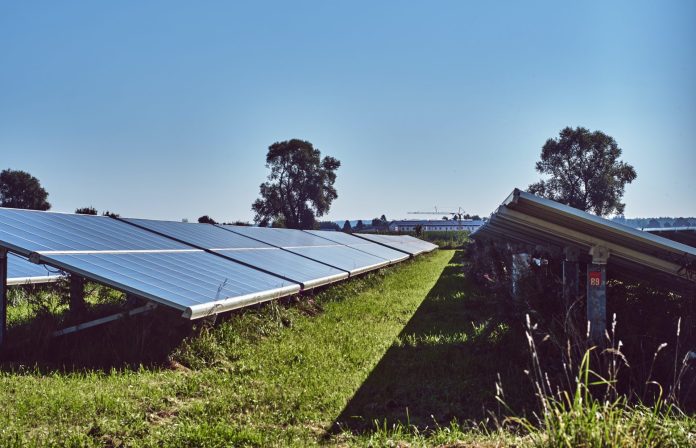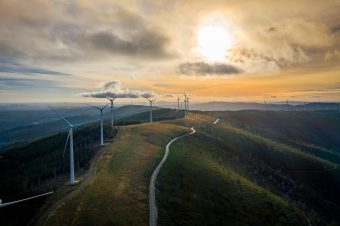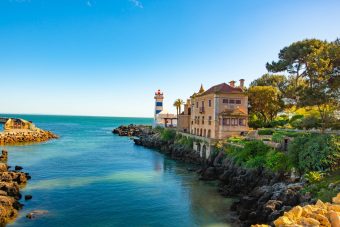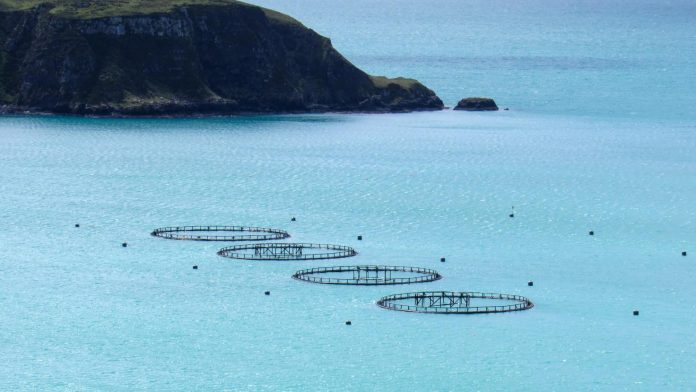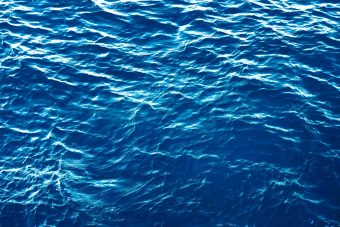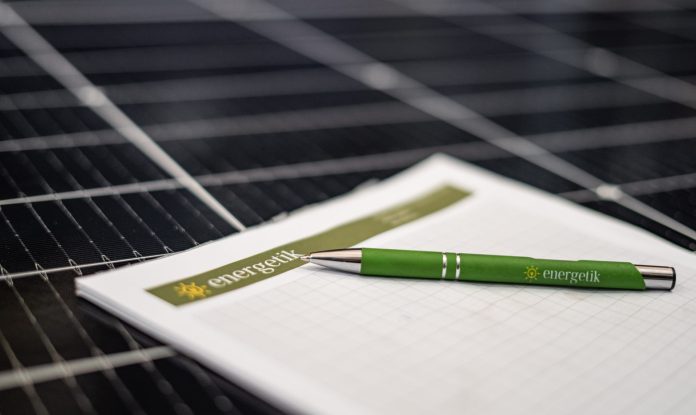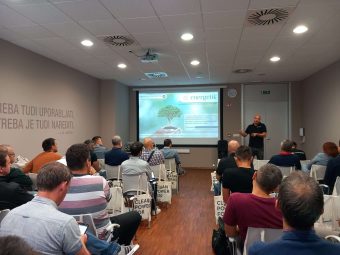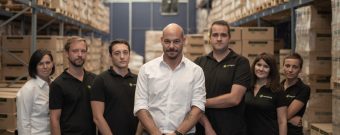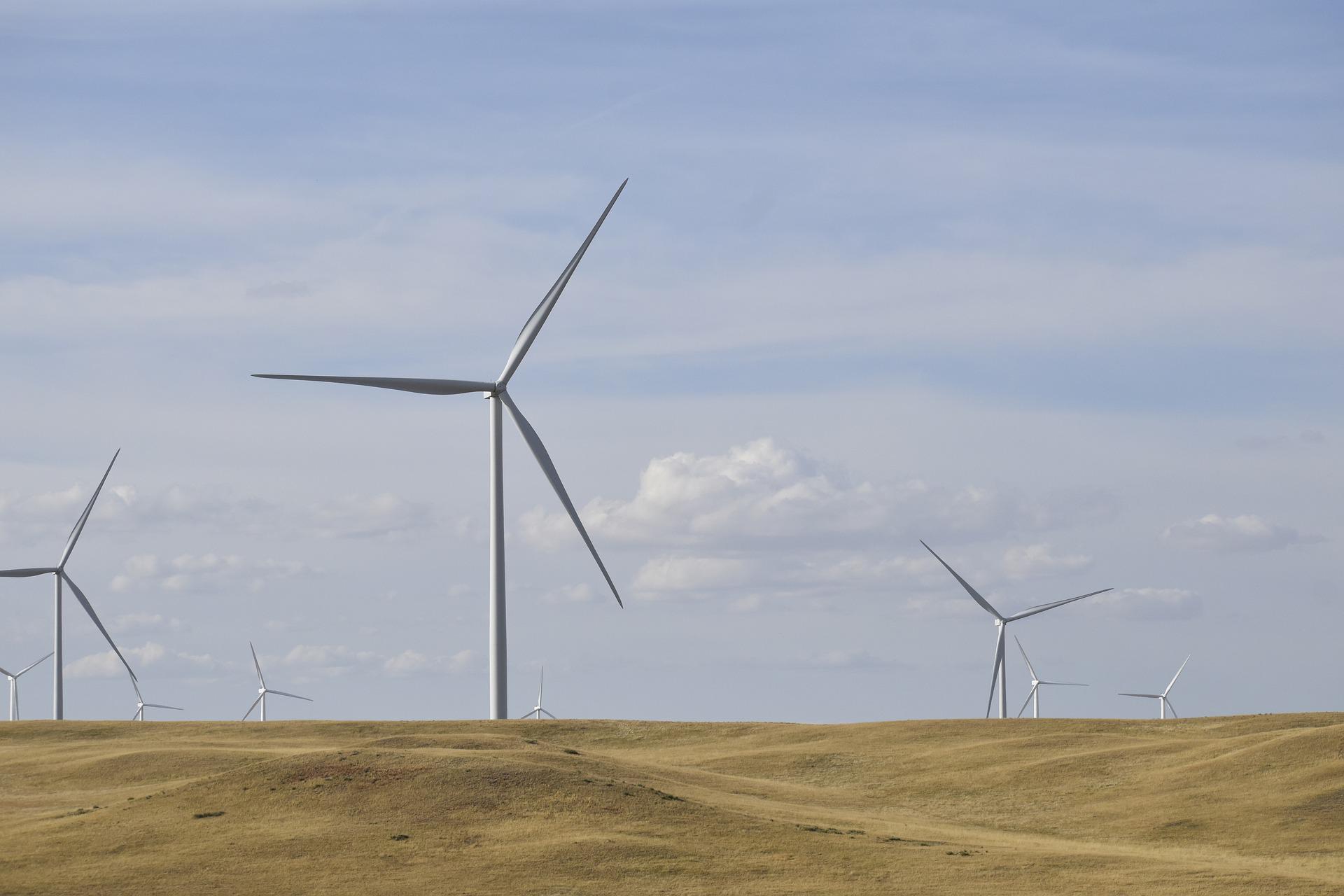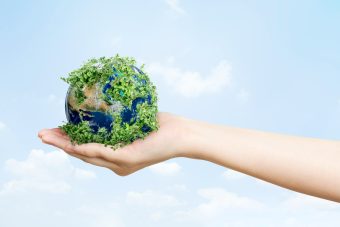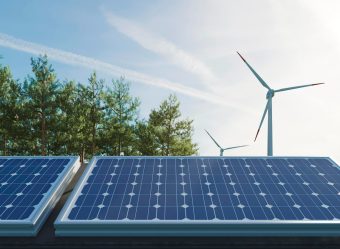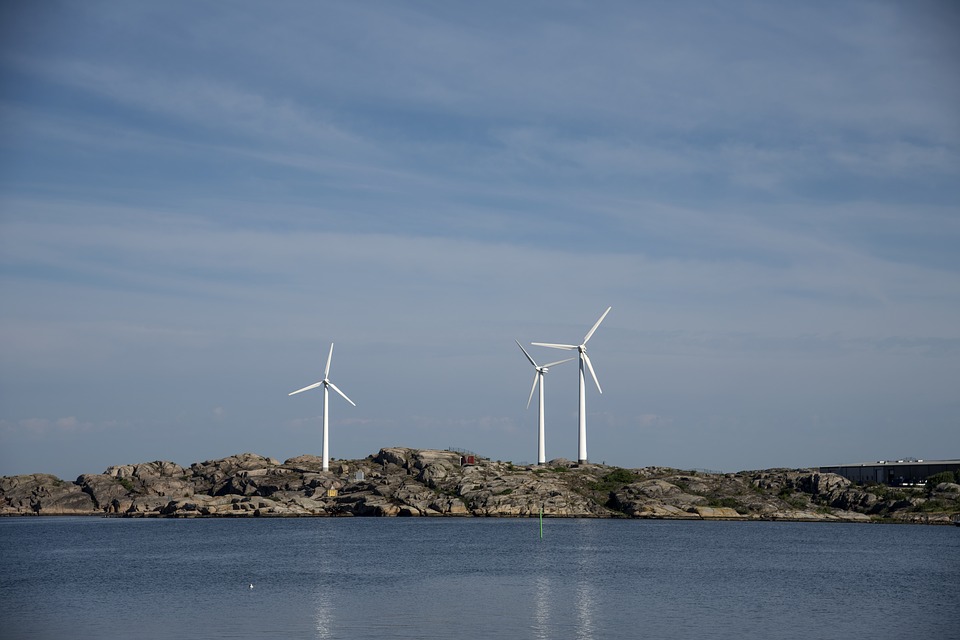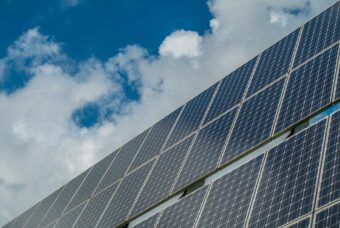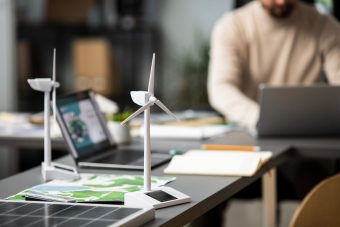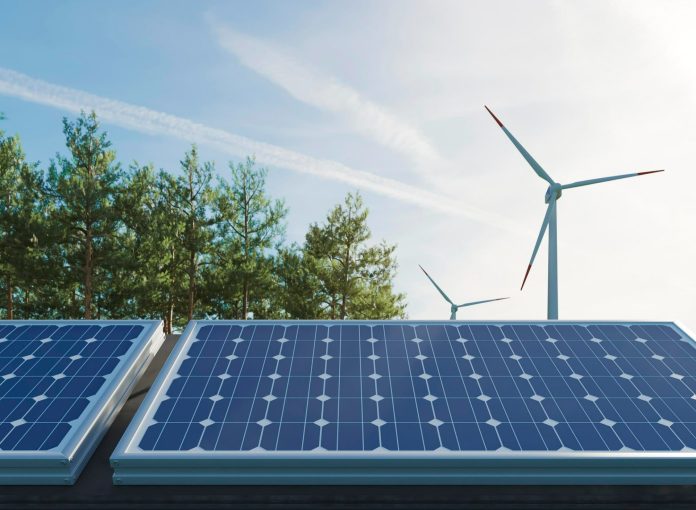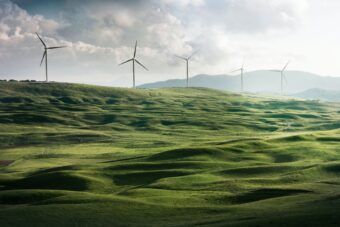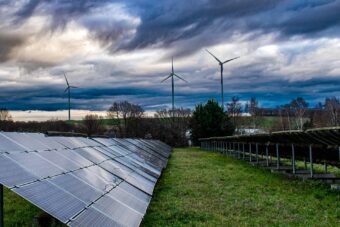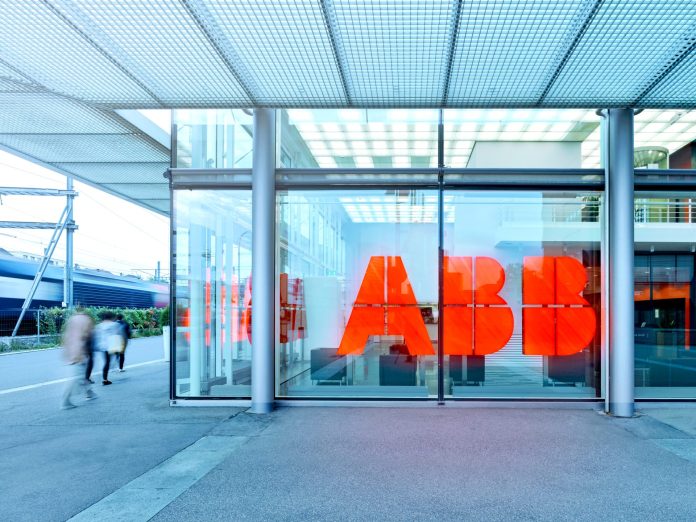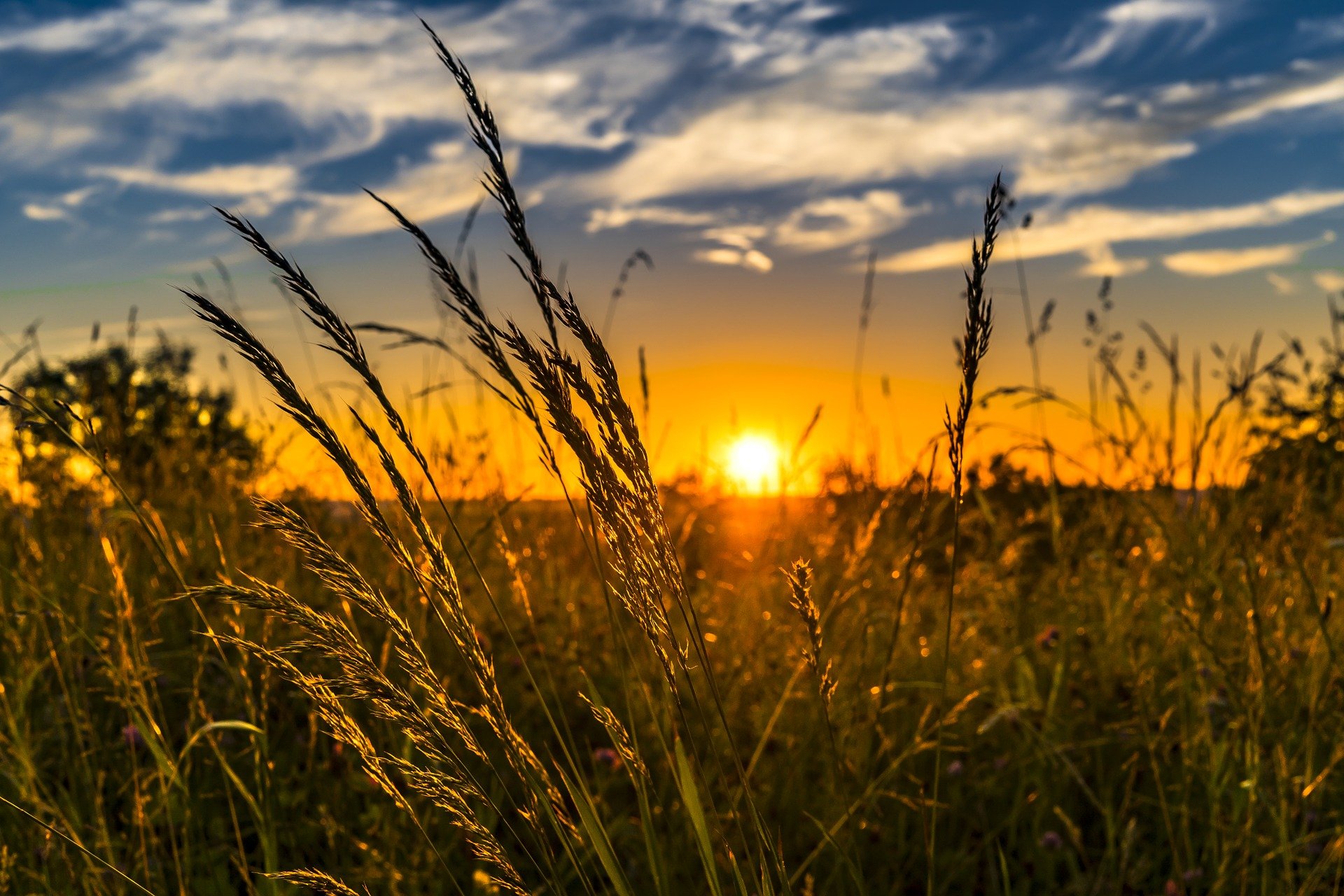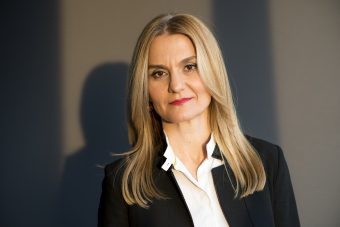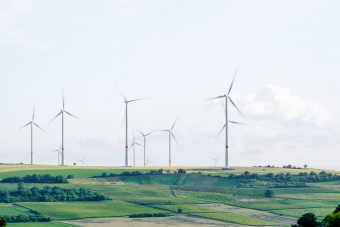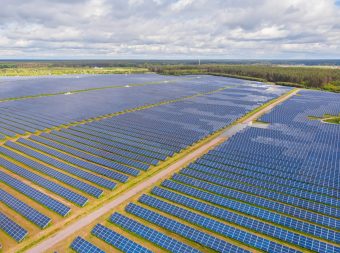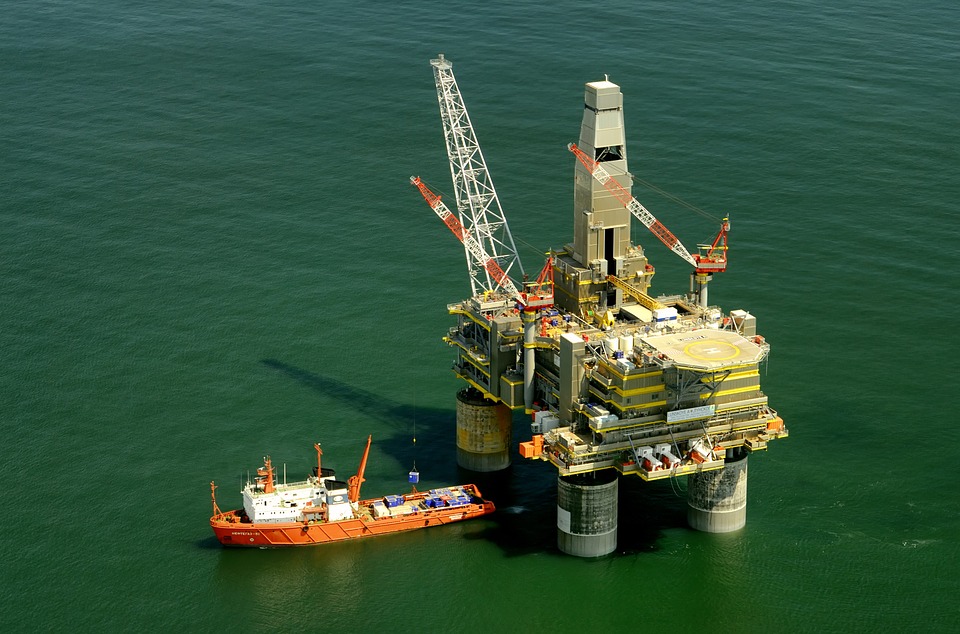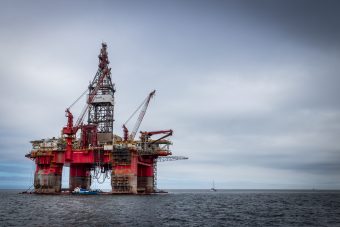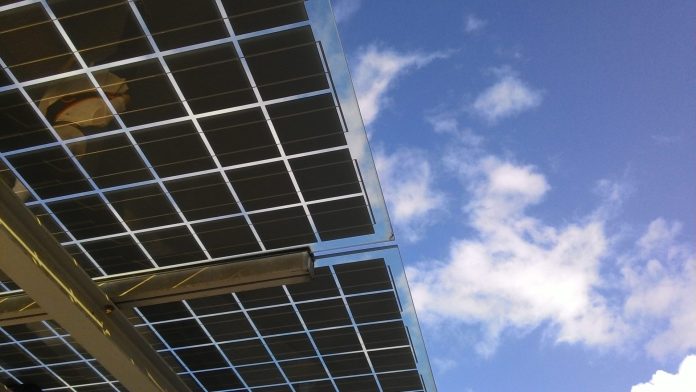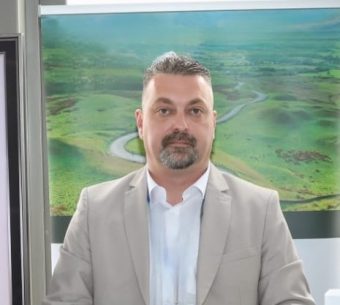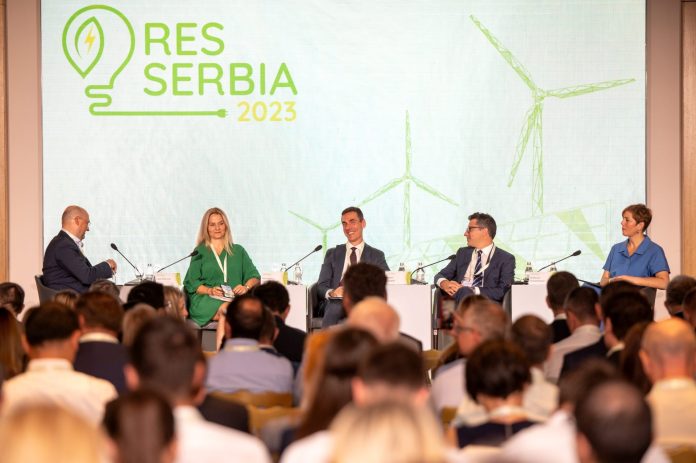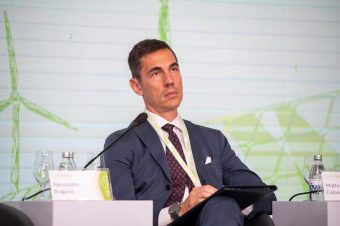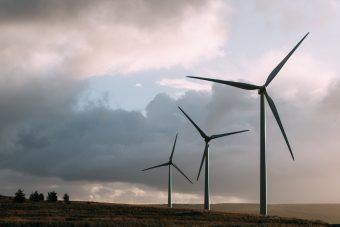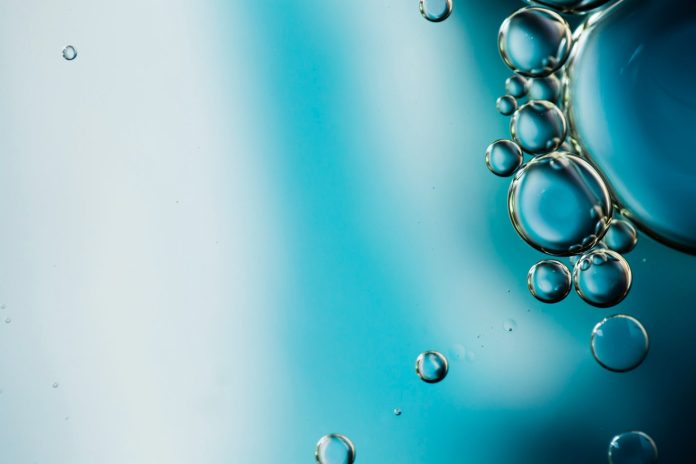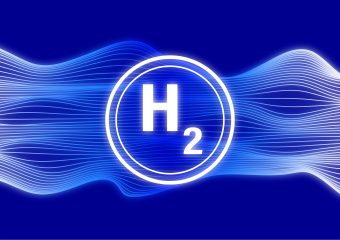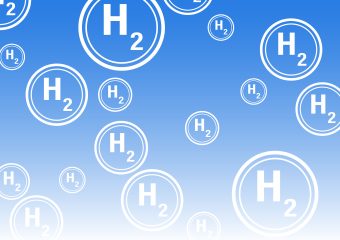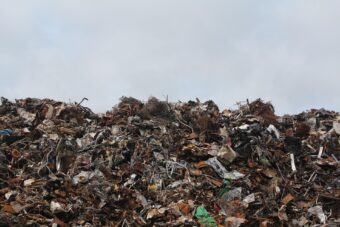
Waste is becoming an increasingly pressing issue: for our environment, for our societies, and for human health. Moving towards a zero-waste future is not just a lofty goal but a necessity. And it can help us get closer to achieving Sustainable Development Goal 12 on responsible production and consumption patterns.
The concept of zero waste represents a systemic shift that requires rethinking our consumption patterns and production methods to reduce pollution, conserve resources and minimize the amount of waste we generate.
While the zero-waste vision has garnered much attention, there are some common misconceptions. Let’s debunk three of these myths and gain a better understanding of how zero waste can work in practice.
More:
- ABB EXPANDS PARTNERSHIP WITH NORTHVOLT TO ELECTRIFY THE WORLD’S LARGEST BATTERY RECYCLING FACILITY
- WHY IT’S TIME TO SAY GOODBYE TO THE POLLUTING RECYCLING MODEL
- FIVE THREATS TO THE WATER THAT SUSTAINS OUR FARMS
Myth 1: Zero waste means producing absolutely no waste at all
One of the biggest misconceptions about zero waste is the belief that it means producing absolutely no waste. Zero waste is a long-term target on the journey we have to start today. While the ultimate goal is to minimize waste as much as possible, achieving zero waste in the strictest sense is incredibly challenging, if not impossible, in today’s societies.
Zero waste is about making conscious choices to reduce waste in every aspect of our lives. This involves designing out waste from the product inception stage, creating reuse and repair models, and safely recycling products that cannot be reused. While some might believe this transition to be inconvenient or costly, it can actually save money in the long run, by reducing the need for disposal services and limiting the costs linked to nature destruction and negative health impacts.
The focus should be to consistently reduce our waste footprint. Achieving zero waste is a continuous journey and a useful vision to aim for.
Myth 2: Zero waste is all about recycling
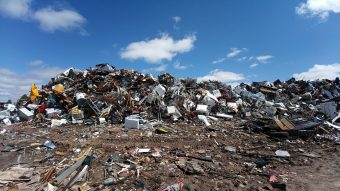
While recycling is an important component of waste reduction, let’s keep in mind that today, less than 20 percent of waste is recycled each year. Most waste still finds its way into nature or the world’s landfills and dumpsites. Without any drastic changes, it is projected that by 2050 the amount of global waste generated will increase by 70 percent compared to 2016 levels.
There is simply no way that we can recycle our way out of this crisis. Instead, we must turn off the tap at the source – and that is exactly what zero waste is about: preventing waste generation in the first place, reusing materials, and redesigning products and processes to minimize waste.
Myth 3: Zero waste is for individuals, not businesses
The responsibility of reducing waste is often framed as a lifestyle choice for individuals. However, businesses have a significant impact on waste production and can make substantial contributions towards a zero-waste future.
Government policies can encourage businesses to adopt a holistic approach to zero waste by promoting product design that prioritizes durability, repairability, and reuse. They can also mandate waste reduction targets for businesses and encourage them to adopt sustainable practices. Businesses can implement zero-waste strategies by designing waste out from the get-go, reevaluating their supply chains, reducing packaging waste, and partnering with suppliers that prioritize sustainability.
Achieving zero waste requires the collective effort from governments, businesses and citizens. With the right policies and business practices in place, we can realize this important vision and create a cleaner, greener, healthier planet for all.
Source: UNDP


